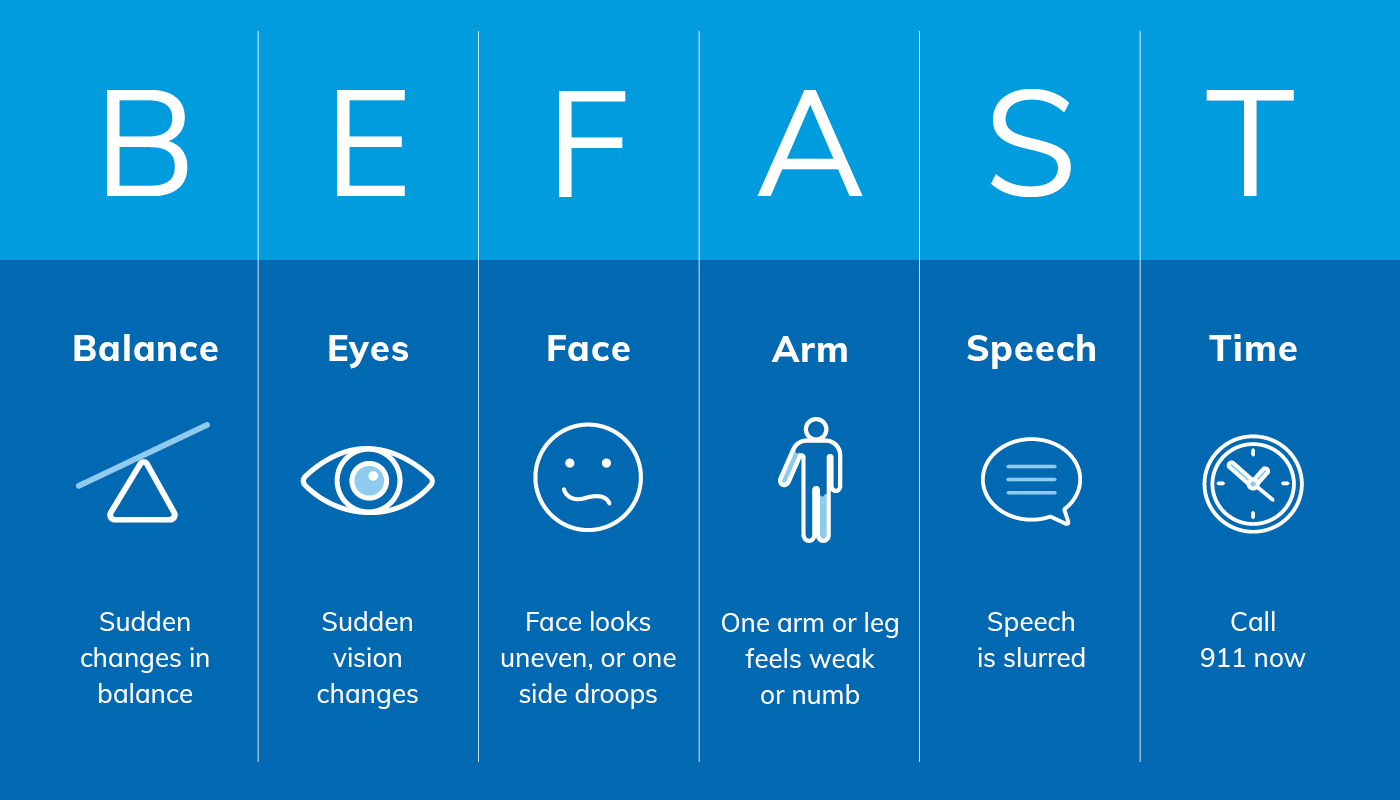Shelly avoids stroke complications thanks to co-workers and Tacoma General team

Jan. 24 started just like any other Monday — the first day of the work week for Shelly Evans. She finished talking to her co-worker, walked back to her station, sat down at her desk and picked up her phone.
Suddenly, Evans developed blurry vision.
Her next memory of that day: her co-workers calling out “Shelly, are you OK?” and “Someone call 911 now!” She recalls answering questions and feeling confused.
Due to the nature of her stroke, Evans was unaware of the significant weakness on the entire left side of her body. It wasn’t until later, when EMS personnel examined her, that she noticed something was wrong

Evans was rushed to the emergency department of MultiCare Tacoma General Hospital, where she was evaluated within minutes by Jacob Marganski, MD, emergency medicine specialist, thanks to EMS alerting the hospital en route that she was a potential stroke patient.
Her imaging study showed that an artery supplying much of the right side of her brain was blocked.
Because Evans got to a hospital so quickly after her symptoms started, she was able to receive a tissue plasminogen activator (tPA), commonly known as the “clot buster.” She was then brought into the interventional radiology suite to undergo emergent mechanical clot retrieval by interventional neuro-radiologist Dennis Wang, MD.
Within four minutes of getting Evans to the interventional radiology suite, the clot that was causing the stroke was successfully removed.
Shortly after the procedure, Evans began to feel stronger in her left arm and leg. She was transferred to the intensive care unit and cared for overnight.
The next day, Evans worked with physical therapy and was told she was doing great. She had recovered so well that she wouldn’t need outpatient physical therapy.
By the time of her discharge, Evans thought she was about 80 percent back to normal, and today is close to her pre-stroke self.
“I’m thankful to everyone who cared for me,” she says.
Evans is already back to working part-time, but what makes her most happy is to be back with her family.
BE FAST and therapies for stroke

A helpful tool when evaluating a co-worker, friend or loved one for signs of stroke is the “BE FAST” acronym, where each letter is important in acute stroke recognition:
B = Balance: Inability to walk or lack of coordination
E = Eye: Blurry vision or loss of vision
F = Face: Uneven smile or drooping
A = Arm (or leg): Weakness on one side
S = Speech: Slurred speech or inability to speak/understand speech
T = Time: Call 911 right away!
Evans is grateful for the quick action of her co-workers and hopes increased public awareness will allow others to recognize stroke symptoms and seek treatment quickly.
Stroke is the fifth-leading cause of death and the No. 1 cause of disability. In the next 40 seconds, in fact, someone will have a stroke.
Every year, more than 785,000 people suffer from stroke in the United States.
Unfortunately, not all of those people seek help early enough to be eligible for acute treatment and intervention. More than one-third of acute stroke patients do not take an ambulance to the hospital. Some still have the false impression that there is not much a hospital can offer patients with acute stroke. Instead of seeking immediate care, many choose to wait and hope the symptoms simply go away.
During the last few years, there have also been stories of patients with stroke-like symptoms who missed their chance to receive early treatment because they were afraid of contracting COVID-19 in the emergency room and didn’t seek care.
In 1996, the U.S. Food and Drug Administration (FDA) approved tissue plasminogen activator (tPA) for use in acute stroke after a study showed long-term benefits for stroke patients who received this medication. It helps break up blood clots — but it’s only available to patients who arrive within four-and-a-half hours of symptom onset.
Multiple landmark studies in 2015 showed consistent benefits from the mechanical retrieval of blood clots within the brain. Over the past several years, it has become standard practice for interventional radiologists to offer this life-changing procedure.
Thanks to the fast action of her co-workers and the quick response from EMS and the medical team at Tacoma General, Evans was able to receive both of these life-saving treatments within hours. Successfully treating the blocked artery in her brain prevented devastating and permanent life-altering disability.
Evans wants the public to know about her experience with stroke.
“‘BE FAST’ is very important to know,” she says. “Get to the hospital as quick as you can because the fast action of my co-workers saved my life. The clot-busting drug that I got in the hospital and the team who knew exactly what they were doing was great. My time spent in the hospital and everyone who took such great care of me was wonderful. Thank you all so much!”
What's next
- Stroke treatment options at MultiCare
- Women and stroke: Know your risk, recognize the symptoms, take action to prevent it
- Inpatient stroke rehab at MultiCare Good Samaritan Hospital



